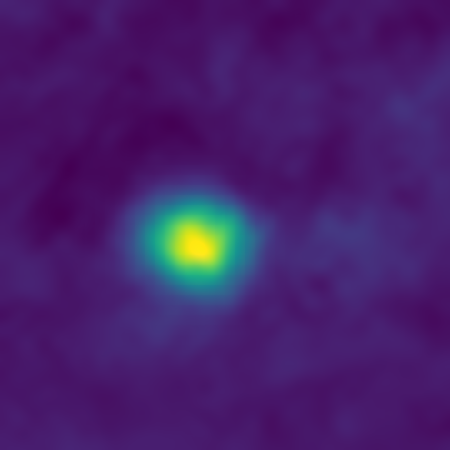
NASA’s New Horizons spacecraft is way, way past Pluto now and still nearly a year away from its next encounter with an object in the Kuiper Belt, but that doesn’t mean it hasn’t been busy. In fact, the probe just broke the record for the farthest images from Earth ever taken by a spacecraft, with new images of a field of stars and two other Kuiper Belt objects. The new images break the record formerly held by the Voyager 1 spacecraft in 1990.
“New Horizons has long been a mission of firsts – first to explore Pluto, first to explore the Kuiper Belt, fastest spacecraft ever launched,” said New Horizons Principal Investigator Alan Stern, of the Southwest Research Institute in Boulder, Colorado. “And now, we’ve been able to make images farther from Earth than any spacecraft in history.”
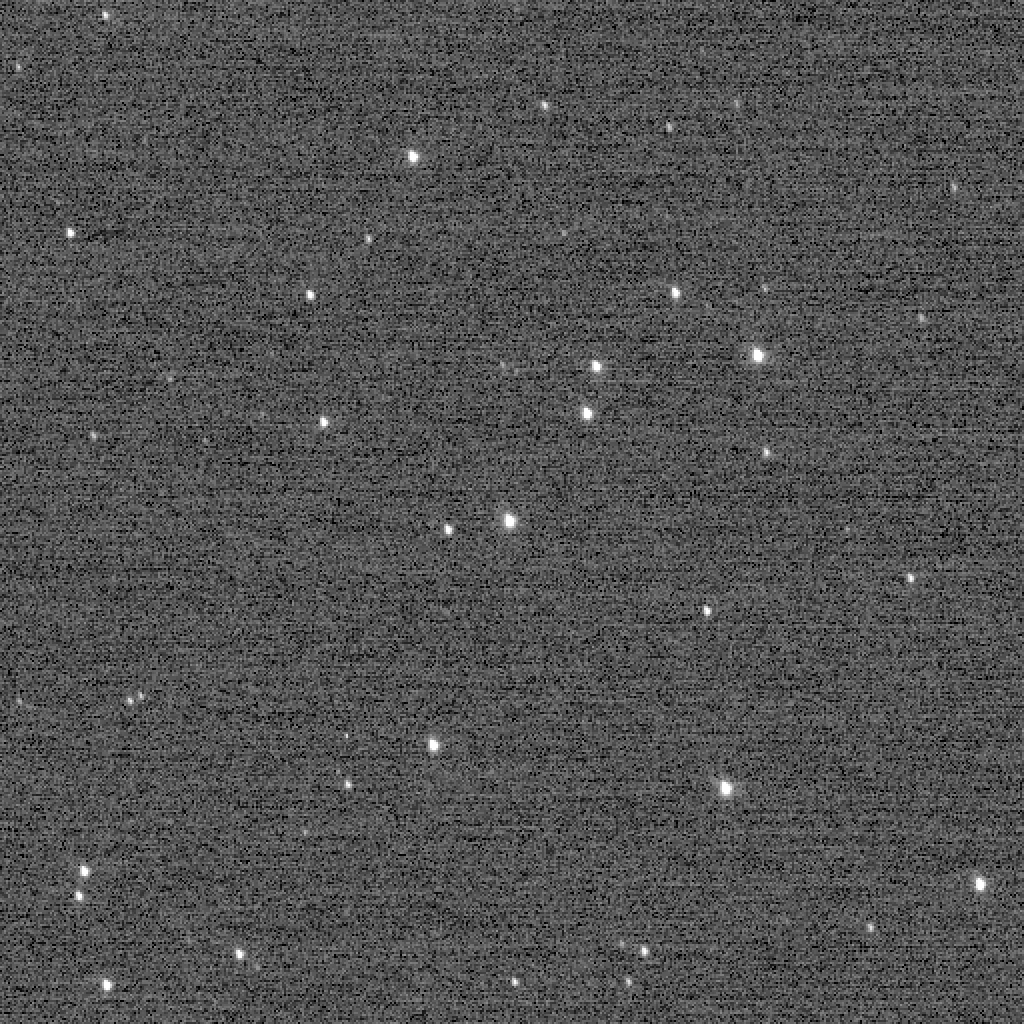
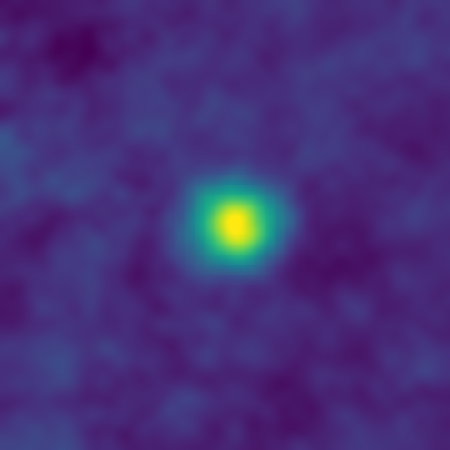
The first images were of the “Wishing Well” galactic open star cluster, taken by the probe’s Long Range Reconnaissance Imager (LORRI) on Dec. 5, 2017. At the time, New Horizons was 3.79 billion miles (6.12 billion kilometers) from Earth. On Feb. 14, 1990, Voyager 1 took the famous “Pale Blue Dot” photo, looking back at Earth from 3.75 billion miles (6.06 billion kilometers) away. And then, New Horizons broke its own record, by just a bit, taking new images of the Kuiper Belt Objects (KBOs) 2012 HZ84 and 2012 HE85 only two hours later. The KBOs just look like bright blobs of light since they are still a long ways away from New Horizons.
New Horizons is now speeding through the Kuiper Belt in the outer fringes of the Solar System, while Voyager 1 has now left the Solar System entirely. Unlike Voyager 1 however, New Horizons still has at least one more close flyby planned, with the KBO 2014 MU69, on Jan. 1, 2019. This will be the farthest encounter with a Solar System object ever, and the first for New Horizons since it sped past Pluto and its moons in July 2015.
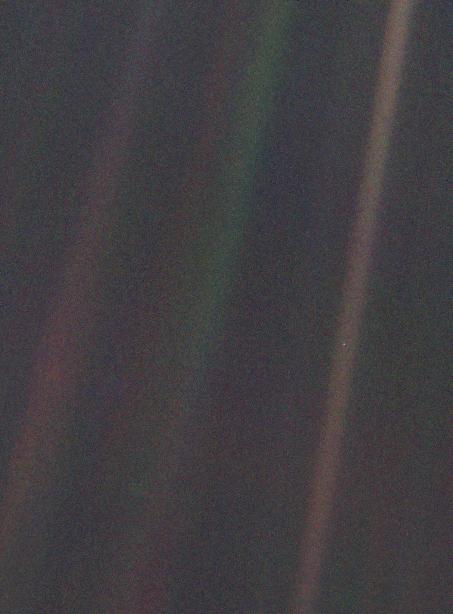
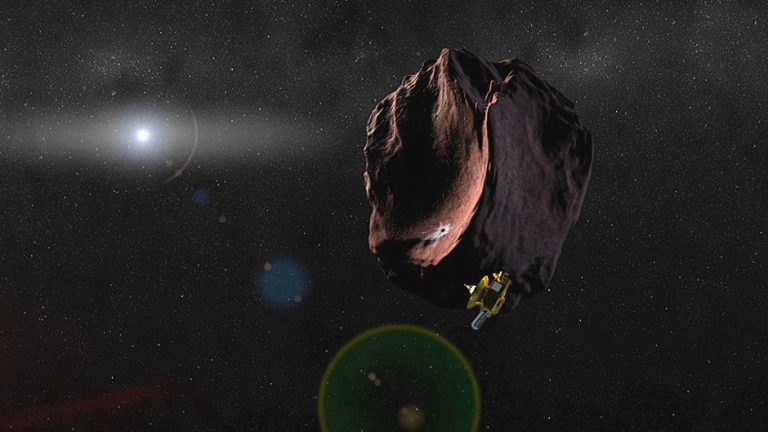
New Horizons provided the first close-up views of Pluto and its moons in 2015, revealing worlds that are surprisingly geologically active despite being so far from the Sun. Highlights included vast plains of nitrogen ice and glaciers, soaring mountains of solid water ice, ice spires much taller than any on Earth and a possible subsurface ocean on Pluto. In an extended mission, it may also fly past other KBOs besides 2014 MU69 as it continues its journey through the Kuiper Belt.
NASA is now in the concept stage of planning a future mission back to the Pluto system, with possibly an orbiter and/or lander. The New Horizons mission was just a quick flyby, but it yielded data and images that will be studied for many decades to come, showing that we must return to these fascinating worlds, and this time, stay there.
FOLLOW AmericaSpace on Facebook!
SaveSave
Missions » New Horizons »



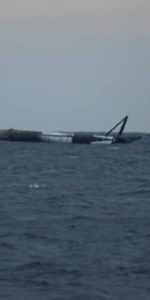

A possible orbiter and/or lander to Pluto? Make that and orbiter/lander a la Cassini/Huygens! Wouldn’t that be amazing?